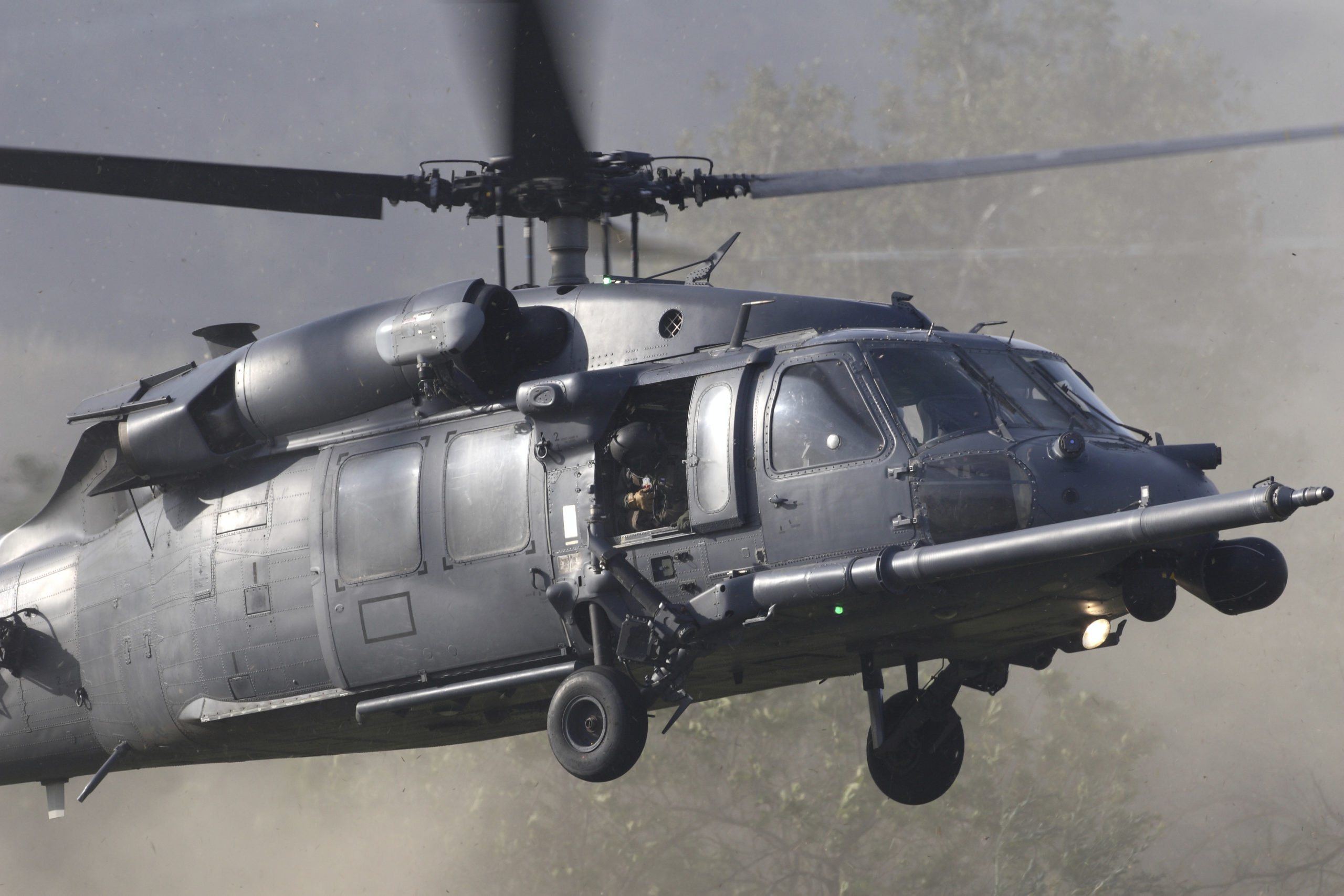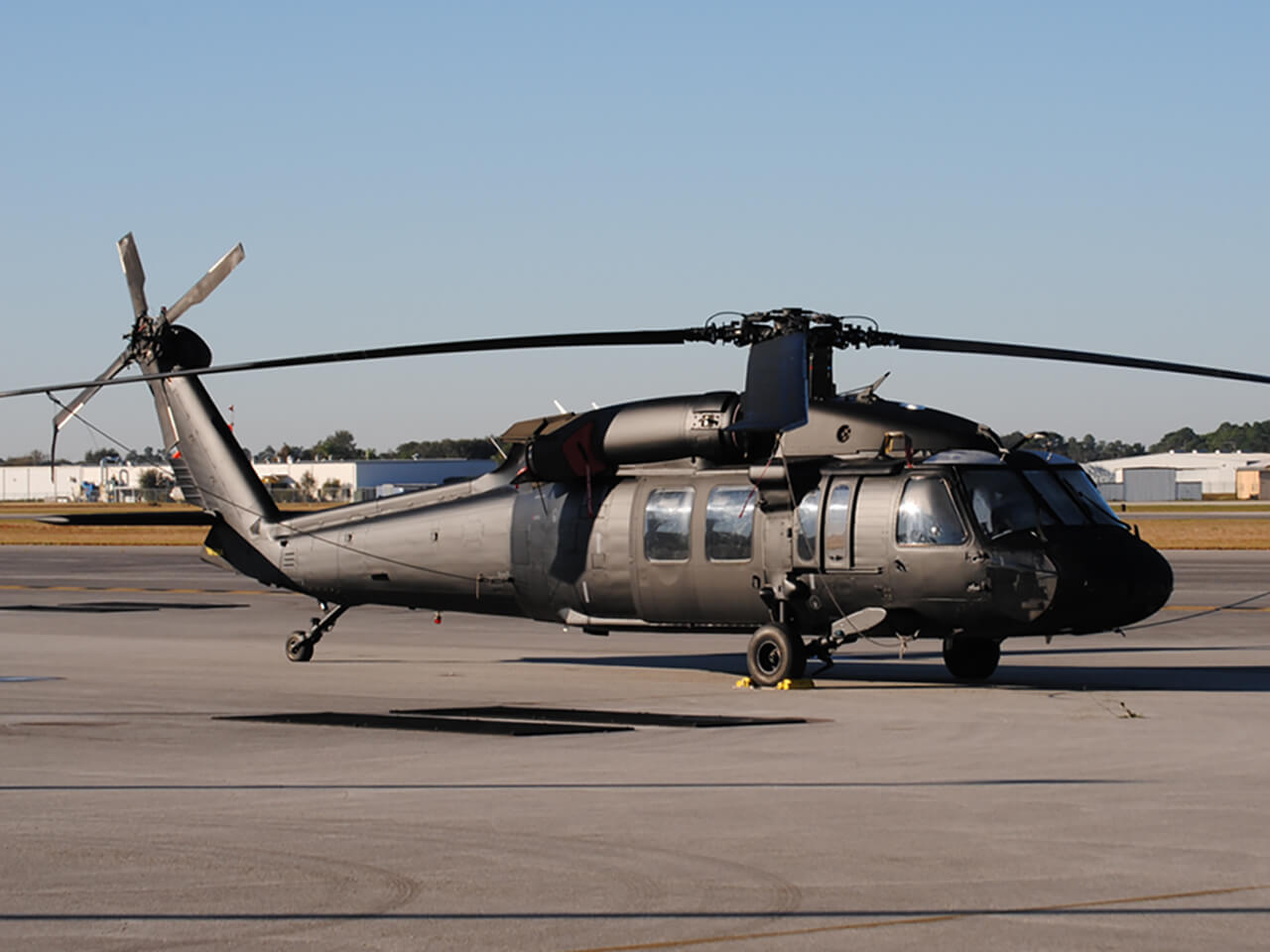The UH 60: A Versatile Aircraft for Military and Private Citizen Use
The UH-60 helicopter, with its origins dating back to the late 1970s, has actually evolved right into a vital property for both military and noncombatant sectors. Recognizing the complete scope of the UH-60's influence may reveal understandings into its potential trajectory and relevance in a progressively intricate operational atmosphere.
Historical Overview of the UH-60

At First, the UH-60 was released to sustain troop transportation, medical discharge, and logistical procedures. Its introduction noted a considerable development in helicopter technology, integrating cutting edge avionics and survivability functions. The Black Hawk's ability to run in tough atmospheres, consisting of adverse climate conditions and battle zone, strengthened its credibility as a reliable workhorse.
For many years, the UH-60 has gone through numerous upgrades and variations, adapting to the progressing needs of armed forces procedures. Its legacy consists of participation in vital disputes, showcasing its flexibility and effectiveness in different circumstances. The Black Hawk remains a foundation of army aviation, demonstrating the sustaining significance of technology in aerial transport and assistance.
Military Applications and Objectives
Regularly deployed in diverse operational contexts, the UH-60 Black Hawk helicopter offers a plethora of military applications that are important to mission success - uh 60. This functional aircraft is mainly used for army transportation, enabling rapid movement of soldiers to and from battle zone. Its ability permits for the transport of up to 11 fully geared up troops, making it a necessary property for ground pressures
The UH-60 is additionally essential to medical emptying objectives, supplying quick support for injured workers under attack. Outfitted with innovative clinical centers, it can transfer casualties while making sure continual treatment. The helicopter's energy expands to reconnaissance and security missions, where it collects vital intelligence and improves situational awareness for leaders.
On top of that, the Black Hawk is regularly used for logistical assistance and supply objectives, providing crucial equipment and stipulations to soldiers in remote places. Its adaptability is more showed through its ability to run in different environments, from city setups to rugged surfaces. Generally, the UH-60 Black Hawk remains a cornerstone of modern-day armed forces procedures, symbolizing flexibility, reliability, and performance in fulfilling goal goals.
Private Citizen Utilizes and Adaptations
Beyond army applications, the UH-60 Black Hawk helicopter has located a variety of noncombatant usages and adaptations that display its versatility. Initially developed for army transport and logistical assistance, this aircraft has been efficiently adapted for various private roles, consisting of emergency clinical solutions (EMS), firefighting, and search and rescue procedures.
In emergency medical solutions, the UH-60 can rapidly transport individuals to medical facilities, equipped with sophisticated clinical devices and employees. Its speed and ability to move make it possible for rapid action in crucial scenarios, which is important in conserving lives. The helicopter's large cabin enables for clinical teams to run efficiently during trips.
In firefighting, the UH-60 has actually been changed to carry water or fire retardant, making it a reliable device in combating wildfires. Its ability to hover and navigate in challenging terrains uses substantial benefits over traditional ground-based firefighting techniques.

Technological Technologies
Exactly how has the advancement of technology influenced the abilities of the UH-60 Black Hawk helicopter? The UH-60 has actually undergone considerable improvements considering that its beginning, considerably improving its functional performance.

In addition, the incorporation of composite products in the airframe has minimized weight while keeping architectural integrity, contributing to boosted haul ability and gas efficiency. The helicopter's rotor system has also benefited from technological improvements, such as sound decrease modern technologies and boosted wind resistant design, which improve both efficiency and stealth capabilities.
Furthermore, Full Report the UH-60's adaptability to various mission profiles is enhanced by modular systems, allowing rapid reconfiguration for functions varying from medevac to troop transport. uh 60. The introduction of innovative interaction systems ensures real-time data sharing and coordination throughout goals, which is essential in modern-day battle scenarios. Collectively, these technological innovations have actually changed the UH-60 into a awesome and functional possession in both armed forces and civilian applications
Future Prospects and Advancements

In addition, ongoing research into alternate power resources, such as hybrid-electric propulsion, offers a possibility for boosted gas performance and lowered environmental impact. This aligns with both private and armed forces goals for sustainability. The UH-60's versatility to different functions, from medical emptying to browse and rescue, ensures its continued relevance in diverse functional contexts.
Furthermore, collaborations with protection contractors are fostering developments in weaponry and sensor technology, enabling the Black Hawk to effectively respond to modern-day hazards. As the army landscape read progresses, the UH-60's style will likely accept modularity, permitting rapid reconfiguration based upon goal demands. In general, the future of the UH-60 is bright, identified by boosted efficiency, flexibility, and a steadfast dedication to fulfill the difficulties of contemporary war and humanitarian efforts.
Verdict
The UH-60 helicopter exhibits flexibility through its twin function in military and noncombatant procedures. Its robust layout and advanced technological attributes help with a large range of missions, from army transport to emergency situation clinical services. As continuous innovations proceed to improve its capacities, the UH-60 stays a crucial property across numerous operational settings. The enduring relevance of this aircraft is obvious, ensuring its significance in future military and private applications.
The UH-60 Black Hawk helicopter, a crucial possession in contemporary armed forces air travel, was initially presented in the late 1970s as component of the United state Military's quest for a versatile and reputable energy helicopter.Regularly released in varied functional contexts, the UH-60 Black Hawk helicopter offers a multitude of military applications that are crucial to mission success. In general, the UH-60 Black Hawk stays a foundation of contemporary armed forces operations, embodying flexibility, reliability, and effectiveness in fulfilling mission purposes.
As the military landscape advances, the UH-60's layout will likely welcome modularity, enabling for fast reconfiguration based on objective requirements.The UH-60 helicopter exhibits adaptability with its dual role in army and noncombatant operations.